Climate change affects us all. Everyone can play a part to contain the climate crisis. So what can each of us do? Our guide contains 50 tips from different areas of life that will help you to act responsibly. Be inspired by our suggestions in the four categories "buy & consume", "drive & fly", “live & reside” and "work & earn". This is part 3 of our KfW Stories climate action guide with suggestions in the category "live & reside".
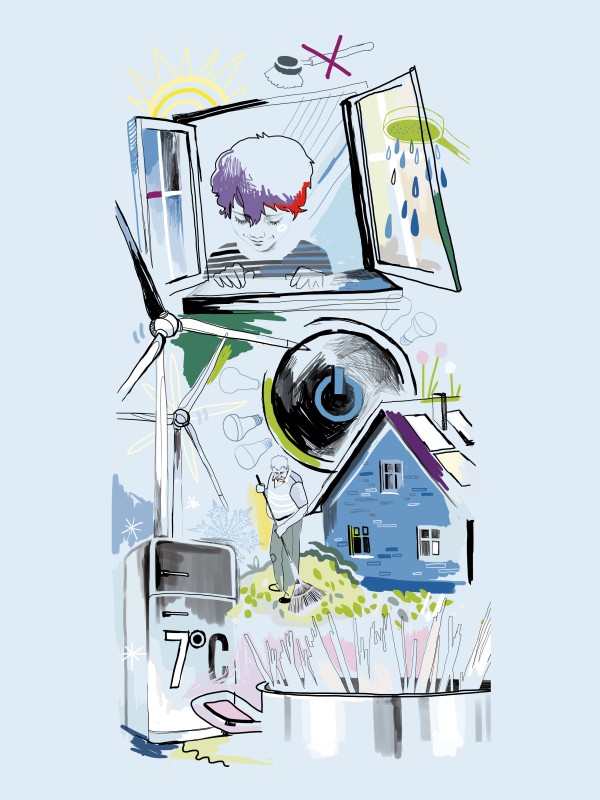
You can protect the climate in your everyday life, too - whether you are cooking, gardening, heating or taking a shower.
27. Change of tune
Where do you get your electricity from? Switching to green electricity or to a pure green electricity provider is easy and has a major impact on the climate. According to Greenpeace calculations, a green electricity contract can help avoid more than two tonnes of CO₂ in an average three- to four-person household per year.
28. Don’t do it by hand
Sounds funny, but it’s true: a correctly and fully loaded dishwasher is more efficient than washing up in the sink with hot running water. And make sure to press the eco-button on the machine! The washing cycle takes longer but saves water and energy.
29. Cool at higher temps!
Refrigerators and freezers are among the biggest energy guzzlers. If you increase the temperature by just one degree, power consumption drops by six per cent Seven degrees is more than enough in a refrigerator.
30. Good positioning
Even the location of a refrigerator can save energy. It should be placed in a cool place away from heat sources. You can also benefit the climate by letting hot dishes cool down before you put them inside the refrigerator. This way, it needs less energy to cool down. Incidentally, the refrigerator consumes the most energy after shopping, when the door is open for a long time and the appliance has to compensate for the heat of the food put inside.
31. Lighting
Do you still have a lot of old light bulbs? Once they have burned out, you have to choose: LED or energy-saving bulb? LEDs come out ahead in a direct comparison. They are more energy-efficient, last longer and also contain fewer pollutants.
32. That’s what the lid is for
According to an old saying, cooking without a lid is like heating without windows. Remember this next time you cook. An open pot cooking vegetables, rice or pasta requires three times more energy than a closed system.
33. Get subsidies for personal energy efficiency
KfW’s federal promotion programme “Energy-Efficient Construction and Refurbishment” upgrades your home – with benefits for the climate and your bank account. A study conducted by the Federal Environment Agency found that the building shell of a house that meets the KfW Efficiency House 55 standard reduces CO₂ emissions by up to 20 per cent in the construction of new homes and up to 35 per cent in renovated buildings. You can even equip your building with a heat generator powered by renewable energy sources to make it climate-neutral.
34. Smarter heating
According to the Federal Association of Chimney Sweeps, up to 70 per cent of heating systems in Germany are not state of the art. Retrofit! KfW grants supplementary loans if your new heating works with renewable energy (e.g. via solar thermal energy or a heat pump). If you cannot invest right away, you can save quite a bundle even with a small investment: when it’s cold, don’t leave the windows slightly open at all times, but open them up completely for a short time; never turn the heating up all the way; don’t cover the radiators.
35. Nicer showers
During a ten-minute shower, an average of 120 litres of drinking water flows through the pipes. That’s a lot, especially because the water has to be heated. Economical shower heads can help! They can reduce the amount of water needed by about half – without sacrificing shower comfort.
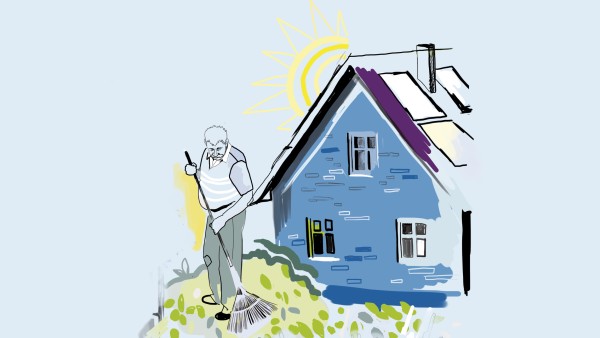
The use of electric or petrol-driven leaf blowers pollutes the environment. Use a rake instead.
36. Raking instead of blowing
It can be loud outside in autumn. Electric or fuel-operated leaf blowers are not only noisy during garden work, they also pollute the environment. Why not go back to the roots: get some exercise while raking!
37. The sun doesn’t send an electricity bill
The costs for photovoltaic systems are falling. To retrofit a single-family house with moderate electricity consumption and generate about one third of the electricity with solar power, all you need is around EUR 7,000. Starting from the moment of installation, the technology affects your electricity bill; after 11 to 13 years the investment will have paid for itself. For people without their own roof: there have long been solar modules available for the balcony!
38. Put muscle power to use
The most climate-friendly place to run is still outdoors. In contrast, equipment and air conditioning in the gym often consume a lot of electricity. However, some fitness studios have started to generate electricity from the muscle power generated there! How much is produced? With 30 minutes on the ergometer, you could charge your smartphone four times.
39. Stand by me
Glowing dots on screens, humming power supplies or devices that no longer have an off switch: we unknowingly consume electricity all the time. In an average three-person household, stand-by operation can account for up to 20 per cent of the electricity bill. It accounts for one percent of global CO₂ emissions. The solution is simple: pull the plug, buy switch sockets!
40. Candle or LED
Although candlelight creates a romantic atmosphere, it pollutes the air and is damaging to the climate. Many candles are made from the petroleum product paraffin or from stearin extracted from palm oil. There are alternatives made of biomass or beeswax on the market. If you don’t want to light a candle at all, you can switch to LED lamps: not only are they 800 times more efficient than candles, they are also more climate-friendly when they are powered by green electricity.
41. Green roofs
They not only look beautiful and attract insects, you can also do something to benefit the climate: a green roof captures CO₂ and acts as natural insulation at the same time, thus saving energy. With its “Energy-efficient Rehabilitation” programme, KfW is promoting green roofs in connection with roof insulation.
Published on KfW Stories: 6 October 2020

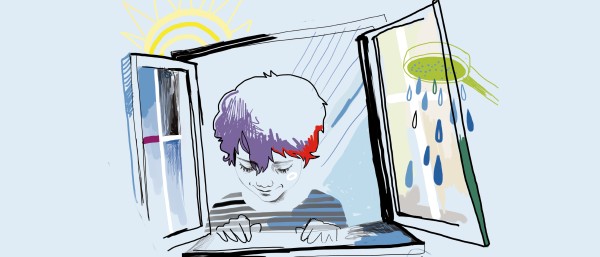


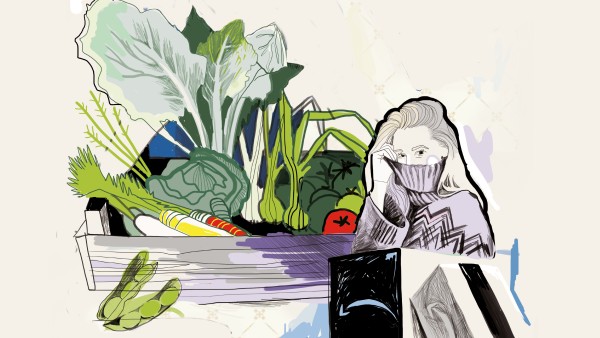
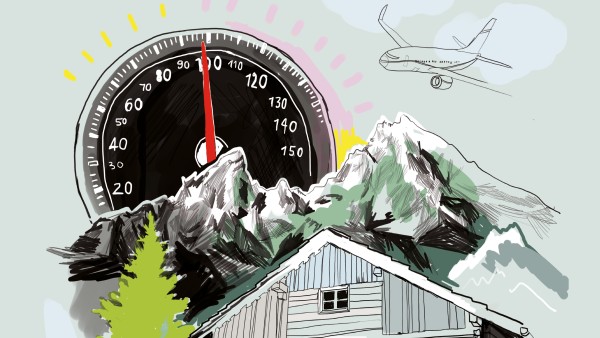
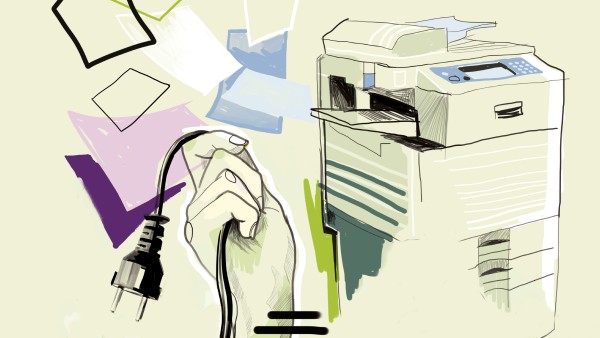
Data protection principles
If you click on one of the following icons, your data will be sent to the corresponding social network.
Privacy information